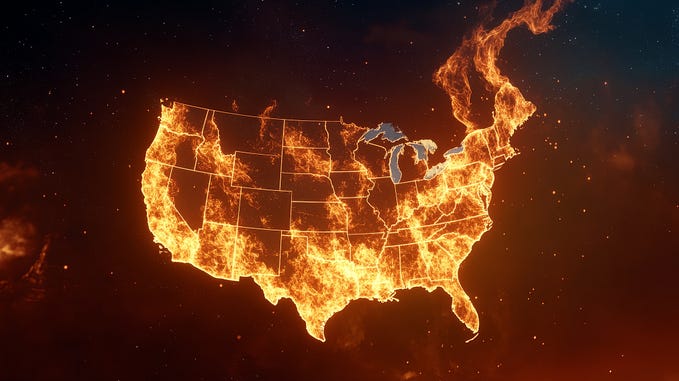The Implications of Overturning the Chevron Decision
The U.S. Supreme Court’s recent decision to overturn the Chevron deference marks a significant shift in the landscape of federal regulation, particularly in areas concerning environmental protection, public health, and safety. This 1984 precedent had long instructed courts to defer to federal agencies’ expertise when interpreting ambiguous statutes. The doctrine was seen as a cornerstone of administrative law, enabling agencies like the Environmental Protection Agency (EPA) to enact regulations without constant legal challenges over their interpretations of statutes.
The decision arose from a dispute involving the requirement for the fishing industry to pay for independent observers, which was contested as not explicitly authorized under the Magnuson-Stevens Act. Critics of the Chevron deference, including several conservative justices and business groups, have argued that it granted excessive power to the executive branch, reducing accountability and enabling regulatory overreach.
The ruling signifies a judicial pivot towards greater scrutiny of federal regulations, potentially leading to increased legal challenges against existing and new regulations. This could slow the implementation of critical regulations, especially those addressing urgent issues like climate change and environmental degradation.
With the removal of Chevron deference, agencies may face a more stringent judicial environment where the rationale behind their rule-making must be clearly aligned with congressional intent, devoid of ambiguity. This could lead to a scenario where the effectiveness and agility of agencies in responding to emerging health and environmental challenges are significantly diminished.
The implications of this decision extend beyond the environmental sphere. It represents a broader push by certain segments within the American political and judicial landscapes to curtail what they view as an overextended administrative state. However, this comes at a time when the complexities of modern governance demand nuanced and timely responses that a strictly textualist approach may not adequately provide.
In conclusion, the Supreme Court’s decision to overturn the Chevron deference reshapes the balance of power between the judiciary and the federal agencies, likely leading to a more constricted framework for regulatory action. While this may please proponents of limited government, it poses significant challenges for the administration of wide-ranging federal programs, particularly those designed to protect the environment and public health. The long-term effects of this decision will unfold as new cases challenge the diminished capacity of federal agencies to act decisively and expertly in their legislative mandates.






